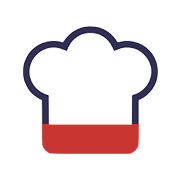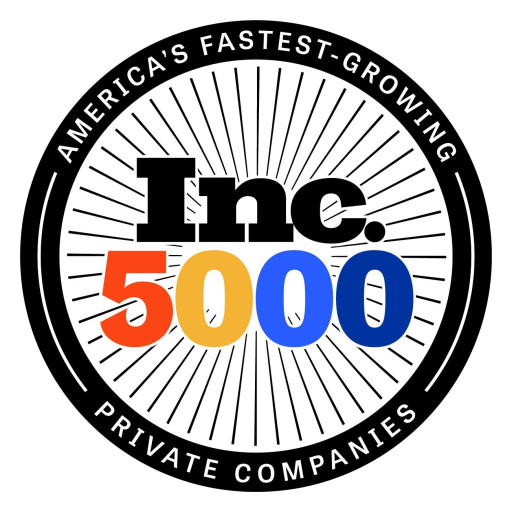When selecting a POS, consider the features that best support the specific needs of your restaurant. Look for these essential features:
1. Easy-to-Use Interface
- User-Friendly Design: Staff members should be able to use the interface with ease and intuition, especially in high-pressure situations. A straightforward, well-designed layout reduces mistakes and expedites new hire training.
- Customization: From changing the order screens to customising options for various service types (e.g., dine-in, takeaway), you should be able to adapt the interface to your restaurant’s workflow.
2. Order and Table Management
- Table Management: To ensure seamless service, a good point-of-sale system enables you to assign servers to specific tables, manage tables effectively, and monitor the order status of each table.
- Order Tracking: It should efficiently manage the starter, main, and dessert courses and give real-time updates on the status of orders in the kitchen.
- Split Billing and Multiple Checks: makes it simple for customers to divide the bill, which is a frequent request at restaurants, particularly for big gatherings or shared meals.
3. Online Ordering and Delivery Integration
- Integration with Third-Party Delivery Platforms: Orders from delivery apps (such as DoorDash) should be able to be synced into your POS by the system, eliminating the need for human entry and minimizing mistakes.
- Customizable Online Menu: Your online menu should be simple to maintain and update, and it should always match your physical menu and stock levels.
4. Inventory Control
- Real-Time Inventory Tracking: keeps track of supplies and ingredients in real time, allowing you to always know what’s available and when to place new orders. By doing this, waste can be avoided and your kitchen can run efficiently.
- Automatic Alerts: When stock levels are getting low, a good point-of-sale system should notify you so you can take proactive measures to reorder items before you run out.
5. Employee Scheduling and Payroll Support
- Employee Time Tracking: Reduce timekeeping errors by using the POS system to conveniently track employee hours and attendance.
- Payroll Integration: Payroll software can be integrated into specific point-of-sale (POS) systems, making the process easier and ensuring employees are paid appropriately for their labour and tips.
6. Real-Time Sales Reporting
- Comprehensive Reporting: Real-time data regarding sales, busy times, best-selling menu items, and consumer trends must be available to you. This information enhances operational planning and aids in decision-making.
- Customizable Reports: More thorough analysis is made possible by the ability to create reports based on particular periods, menu items, employee performance, or sales categories.


